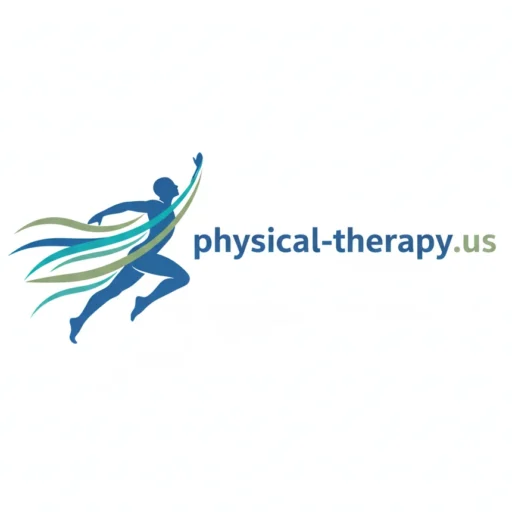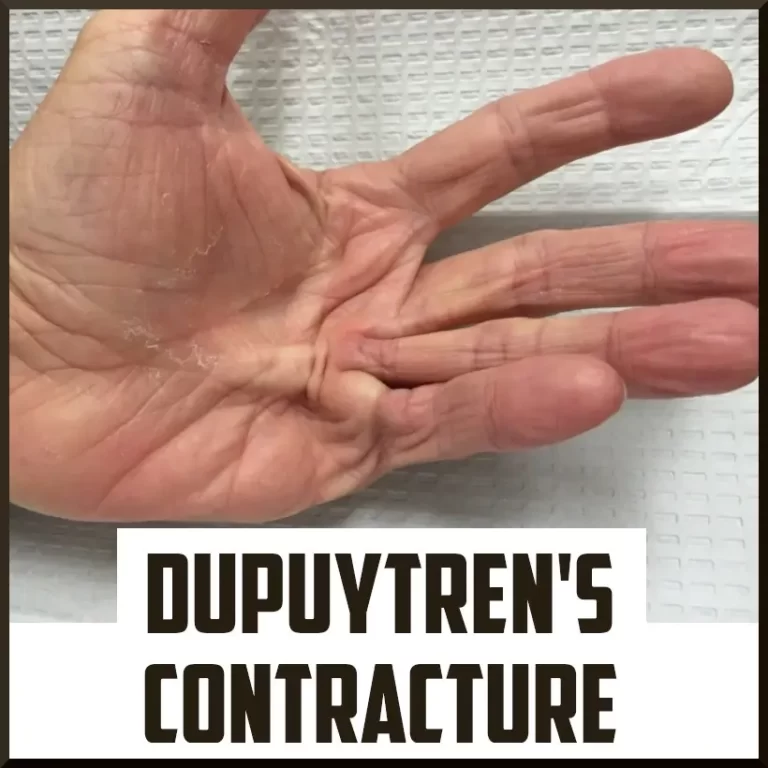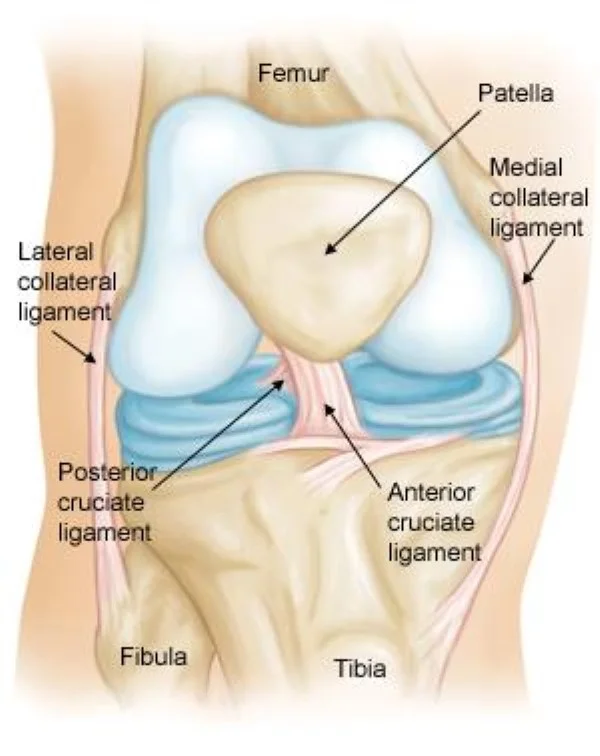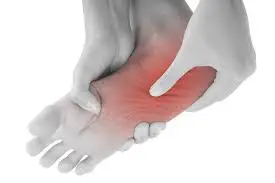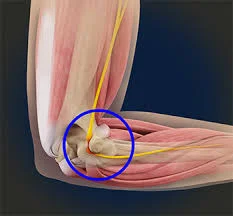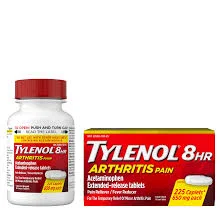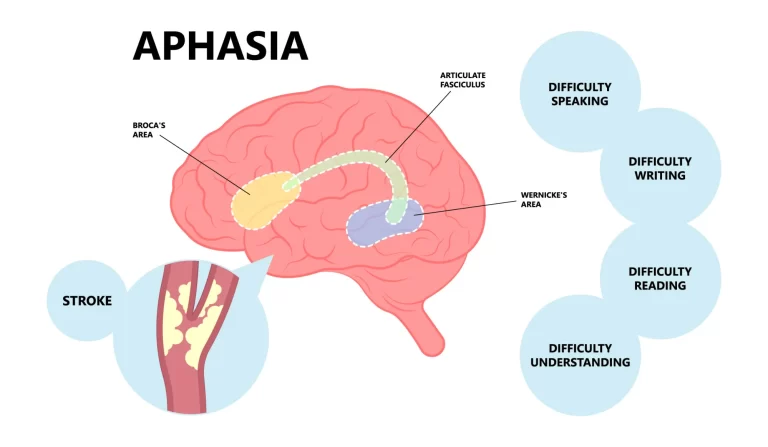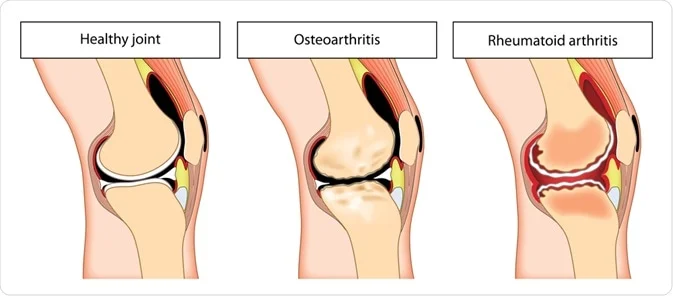Dupuytren’s Contracture
Introduction Dupuytren’s contracture is a condition in which the fascia (connective tissue) in the palm thickens and tightens, causing one or more fingers to bend toward the palm. It typically progresses slowly and can affect hand function over time. In the case of Dupuytren contracture, one or more fingers bend toward the palm. The fingers…
